Explore Intel’s innovative strategies to counter AMD’s X3D processors, focusing on performance and market positioning.
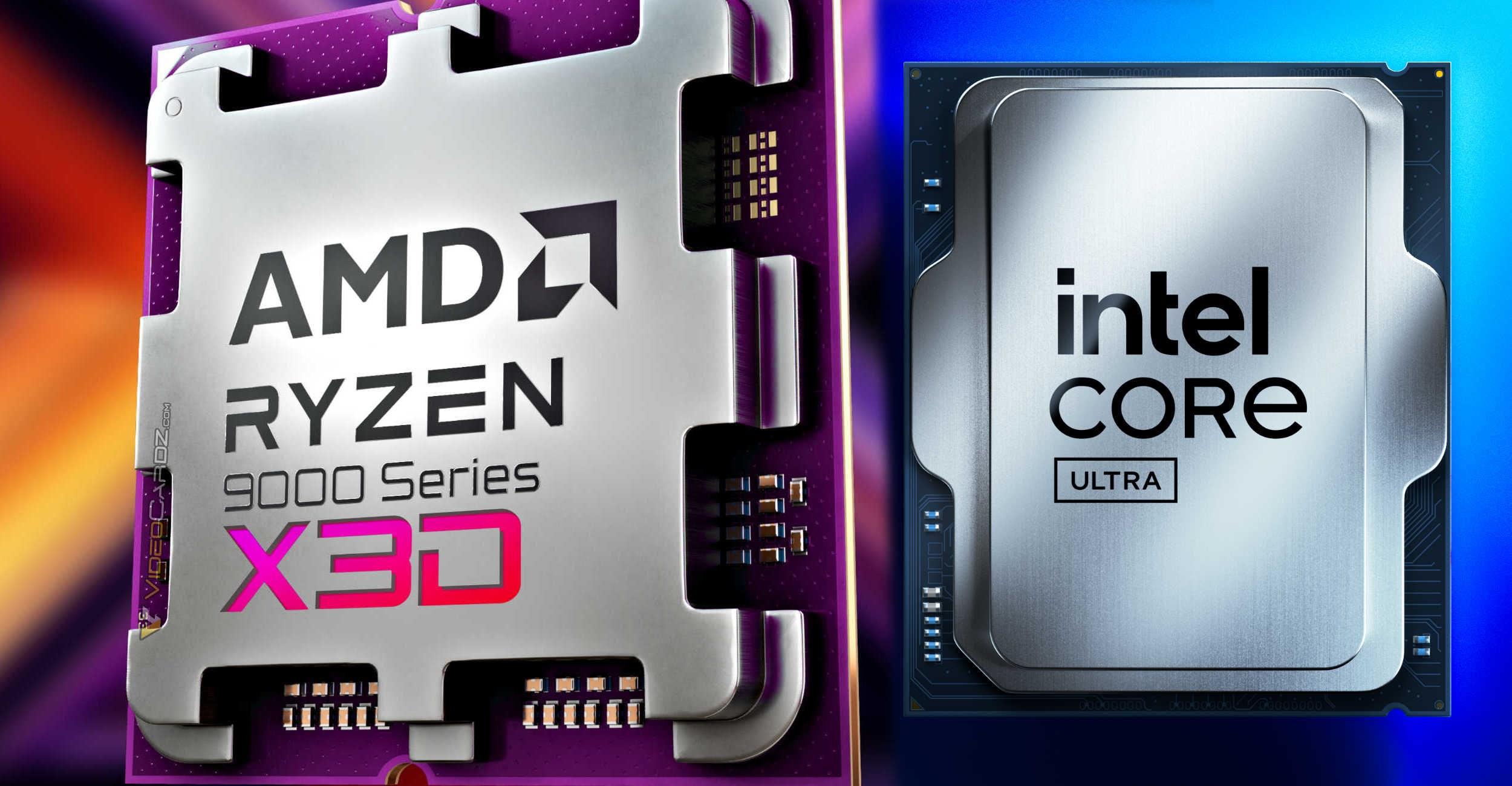

Intel is gearing up to challenge the supremacy of AMD’s X3D processors, which have been unmatched in the desktop processor arena for a significant period. With the advent of the Nova Lake series, Intel aims to incorporate a structure reminiscent of the X3D. Recent advancements, such as the 18A-PT manufacturing process and Foveros Direct hybrid packaging technology, unveiled at the Intel Direct Connect 2025 event, bolster these aspirations.

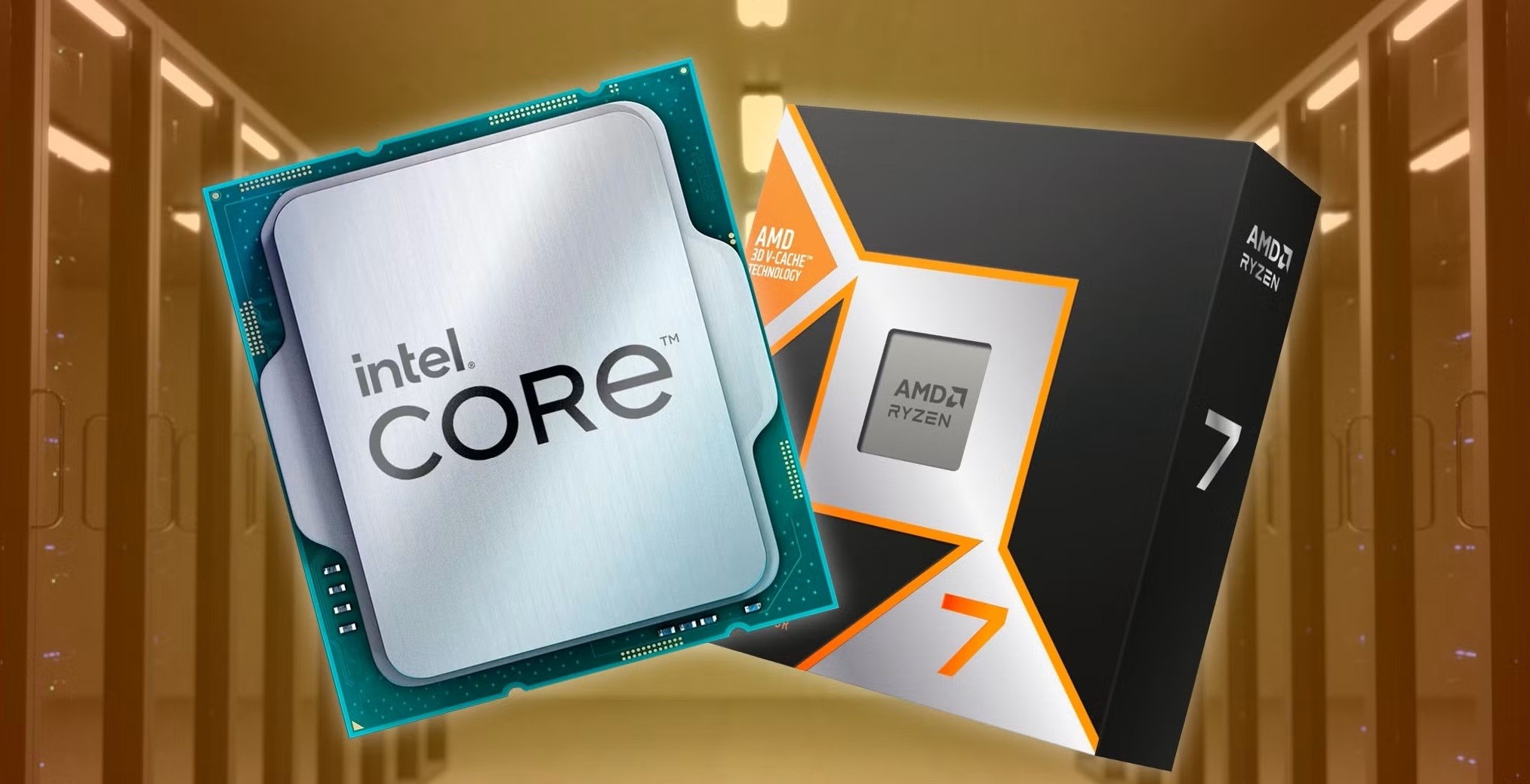

Intel is keen to address its performance and market perception challenges in the desktop processor sector, striving for a robust comeback. For those who missed the subtle cues from Intel regarding the 3D V-Cache domain, it’s noteworthy that while the initial focus might be on the server market, the technology is poised to trickle down to consumer-level offerings.
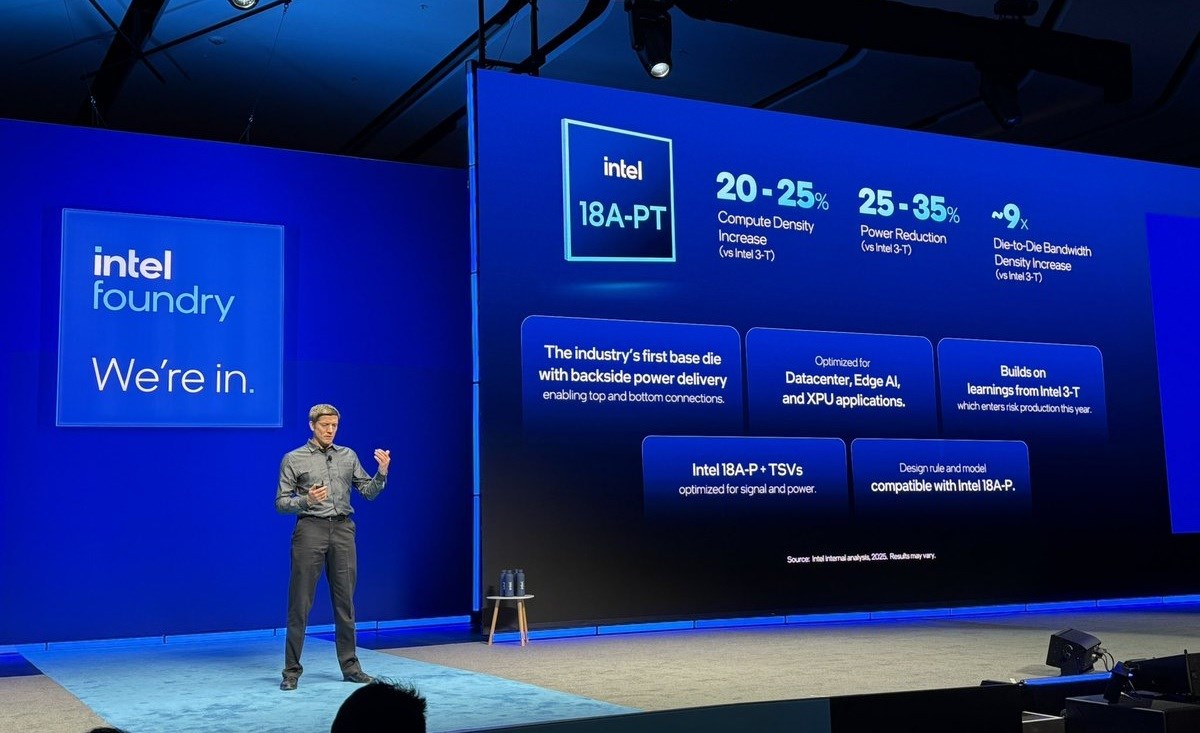

The first hint of Intel’s foray into this domain emerged at the recent Intel Direct Connect 2025 event. Here, the company introduced its cutting-edge 18A-PT production process, an optimized iteration of the classic 18A tailored for 3D chip manufacturing. This process enhances multilayer chip designs by leveraging an updated back-metal stack and TSV transitions, which improve vertical inter-chiplet connectivity.
Technologically, when paired with Foveros Direct hybrid bonding technology, Intel positions itself to rival TSMC’s SoIC architecture. Foveros Direct boasts the capability to achieve a sub-5 micron junction pitch, a significant advancement compared to TSMC’s current SoIC-X solution, which stands at 9 microns. This substantial difference paves the way for a denser, higher bandwidth 3D chip architecture.
However, Intel does not plan to rush this innovation to market. The company intends to first evaluate the performance of Foveros Direct technology in its Clearwater Forest Xeon processors. If these tests yield the anticipated results, Intel might introduce desktop processors featuring 3D stack cache with the Nova Lake series.


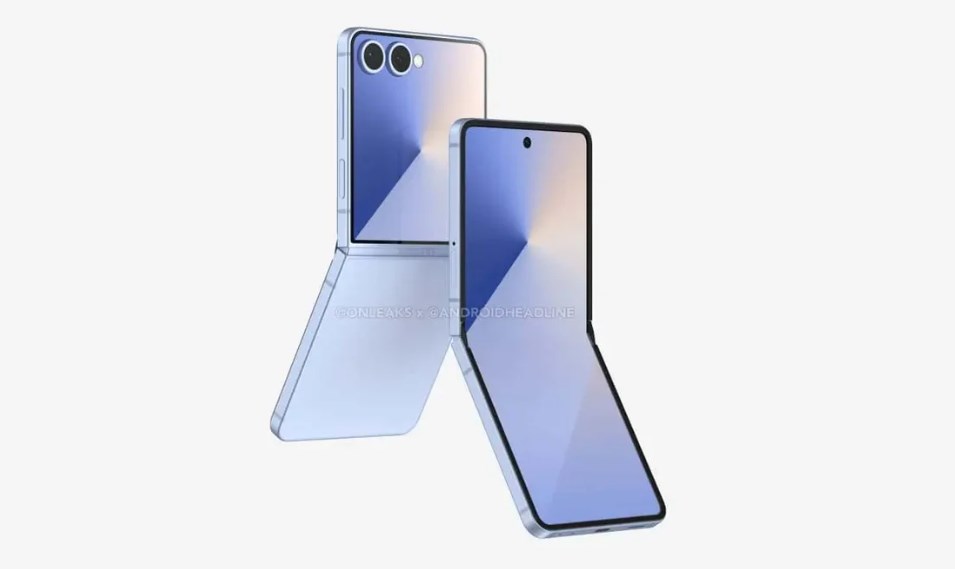
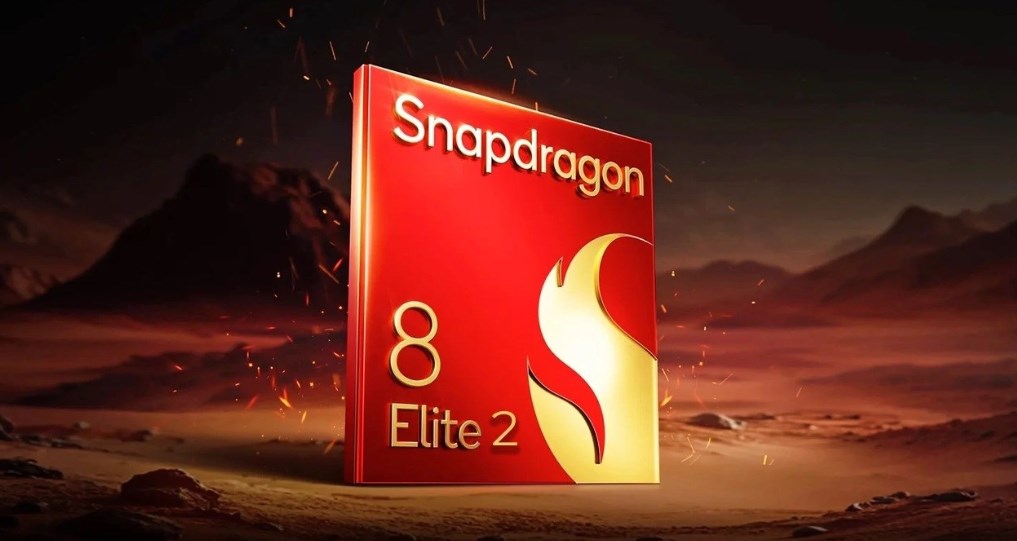

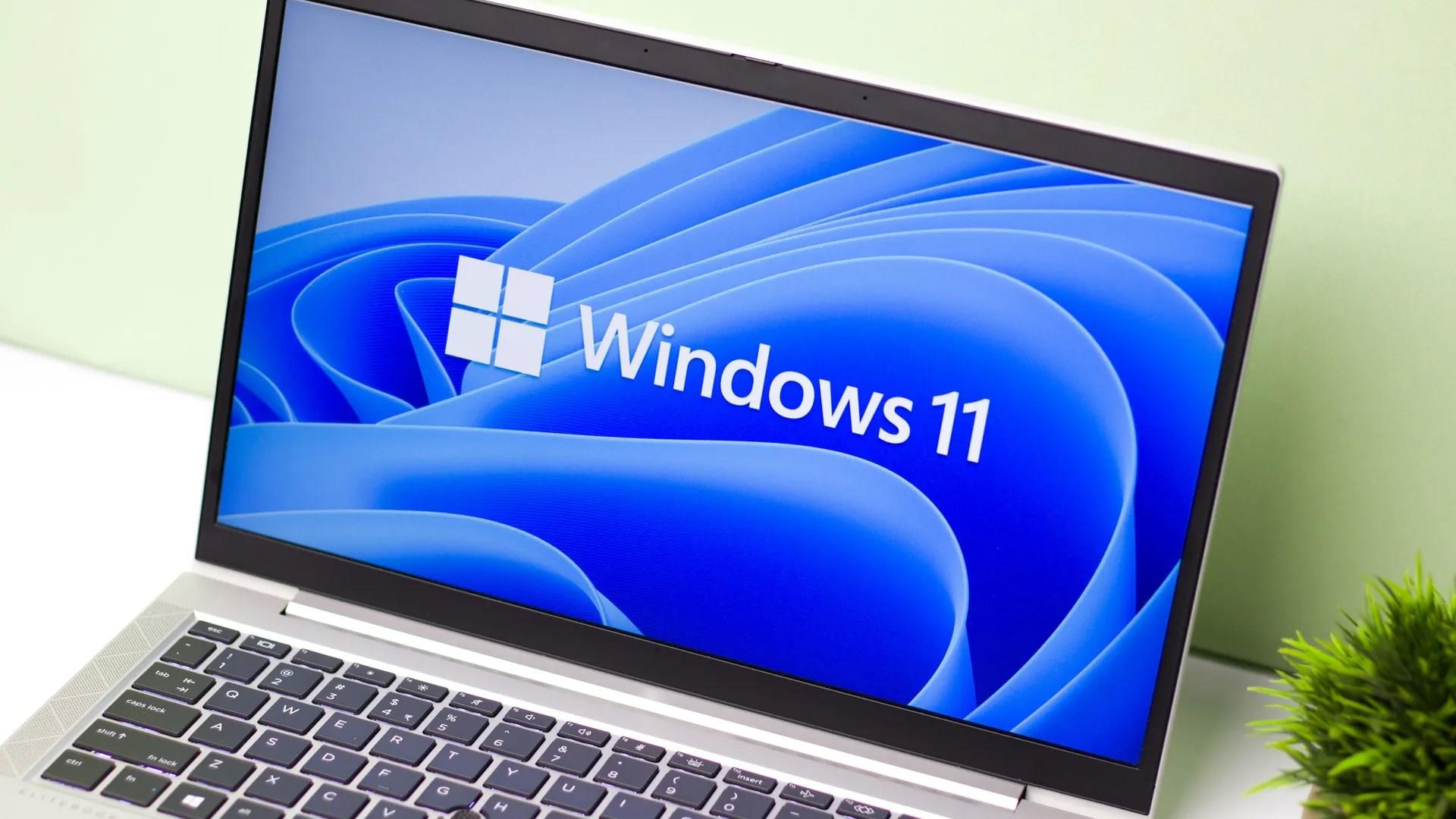













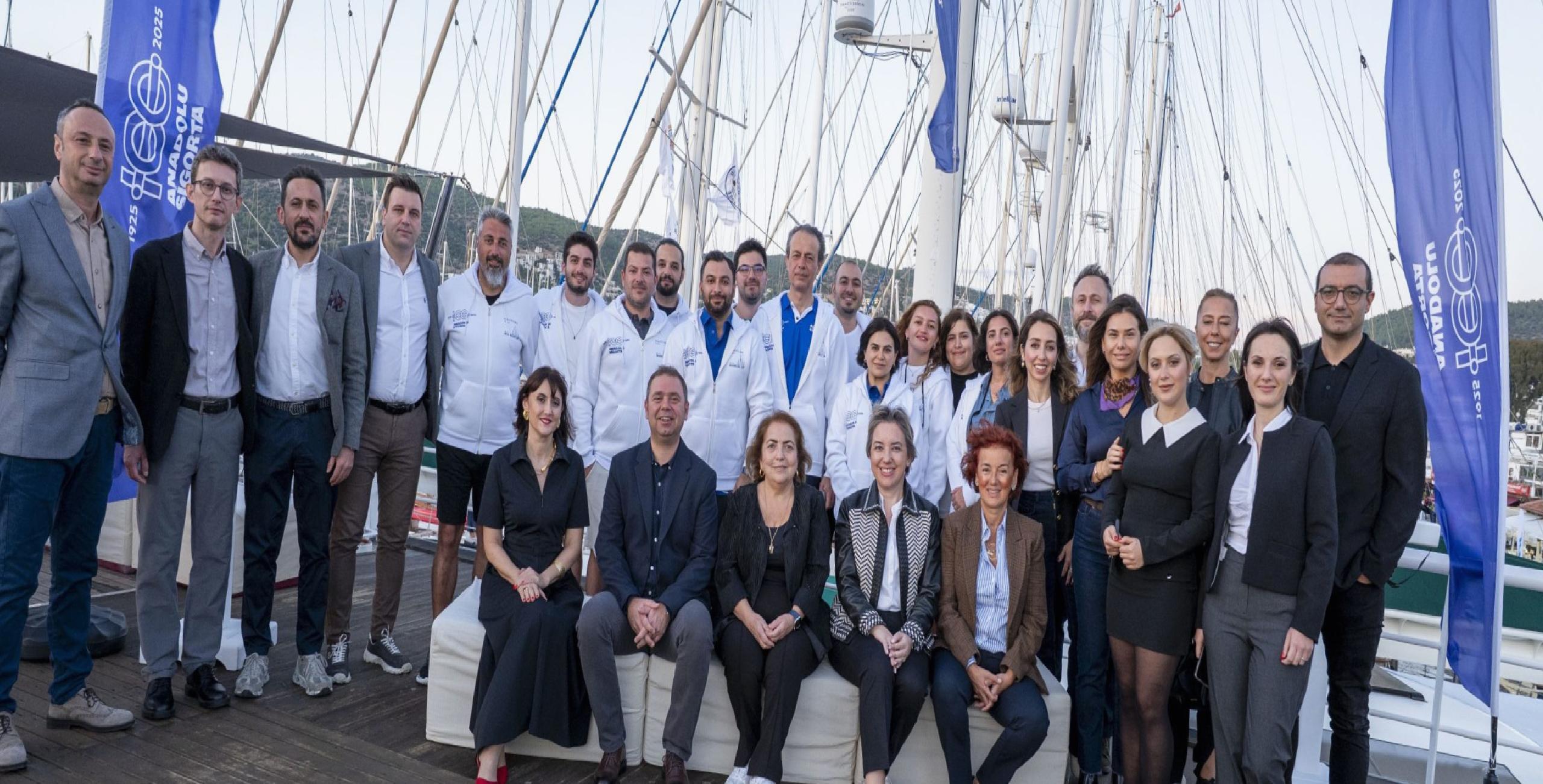



Sigortahaber.com, sigorta sektöründeki en güncel haberleri, analizleri ve gelişmeleri tarafsız bir bakış açısıyla sunan bağımsız bir haber platformudur. Sigorta profesyonellerine, acentelere ve sektöre ilgi duyan herkese doğru, hızlı ve güvenilir bilgi sağlamayı amaçlıyoruz. Sigortacılıktaki yenilikleri, mevzuat değişikliklerini ve sektör trendlerini yakından takip ederek, okuyucularımıza kapsamlı bir bilgi kaynağı sunuyoruz.
Yorum Yap